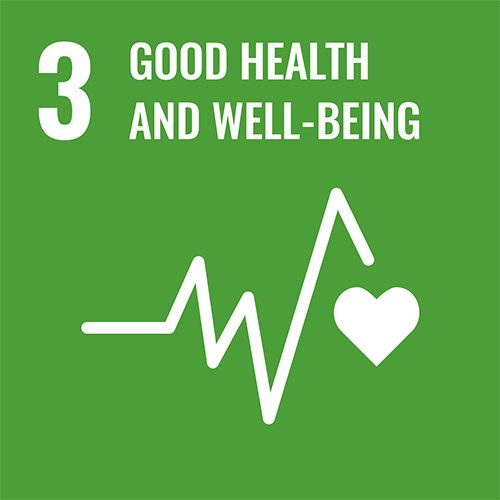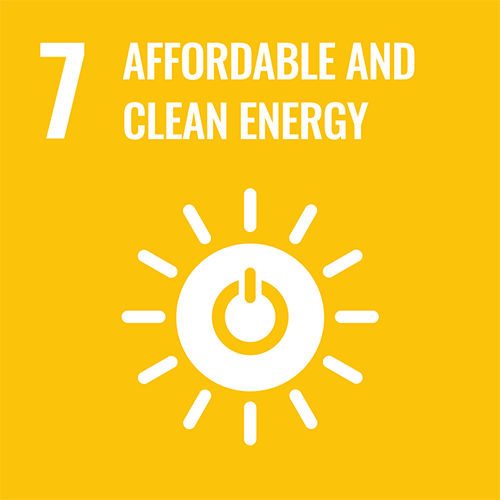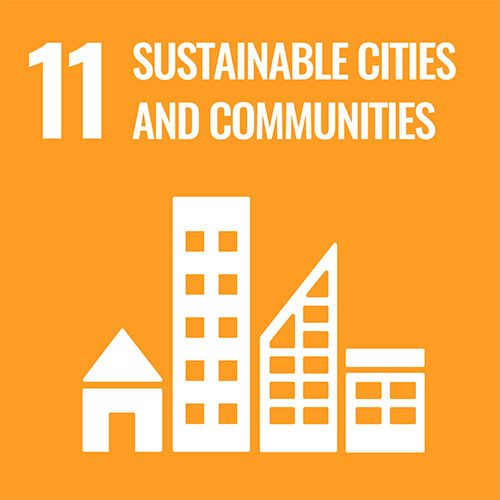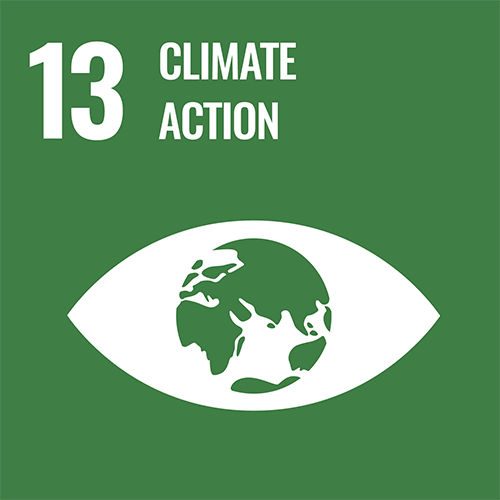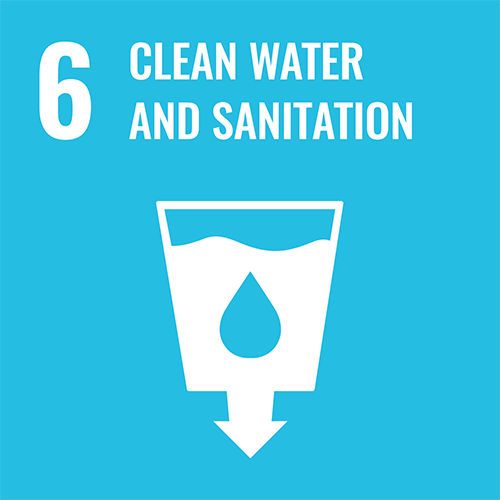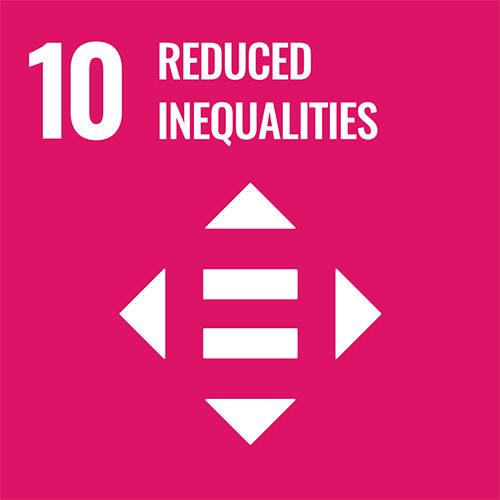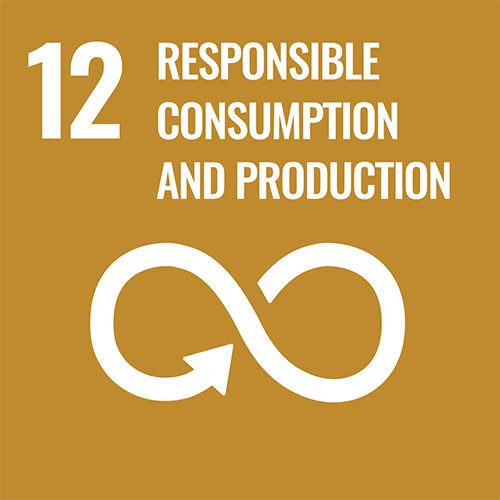Ideal Gases

Module Overview
This module uses the anthropogenic N2 cycle, focusing on the Haber-Bosch process, to allow students to learn ideal gas concepts. The module consists of 3 units and allows students to practice visualizing the life cycle impacts of chemicals by drawing the Systems Oriented Concept Map Extension diagram (SOCME) of the anthropogenic nitrogen cycle.
Using the Haber-Bosch process as the core subsystem, students explore the impacts of ammonia and ammonia-derived fertilizers in the environment and the hazards they present when not properly managed. Students will also explore alternative scenarios using renewable feedstocks for the production of ammonia. This module focuses on three out of the 12 guiding principles of green chemistry: prevent waste, use renewable feedstocks, and accident prevention.

Module Goal
Students will learn the physical properties of gasses and become capable of implementing the ideal gas laws to derive the temperature, pressure, volume, and moles of gas samples in specified conditions. These skills will culminate in students’ ability to assess environmental consequences, hazards, and risks of chemical reactions involving gas phase components.
Audience
First-semester general chemistry undergraduates
Class Time Requirement
Approximately four 50-minute class periods
Module Authors
Amy Chu, Saint Mary’s College of California; Vaso Lykourinou, Northeastern University

Module Summary
Assumed Prior Knowledge
Students should be able to demonstrate the following skills and concepts to successfully begin this module:
- Writing molecular formulas and naming compounds from formulas
- Unit conversion
- Stoichiometric calculations
- Greenhouse gasses and global warming
Learning Objectives
Students will be able to:
- Define system, subsystems, stock, flow, and understand the definitions and purpose of SOCME.
- Construct a SOCME (using a template) that details a core subsystem, input subsystems and output subsystems.
- Be able to define green chemistry and use three principles: reduce waste, use renewables, and prevent accidents.
- Define the property of pressure and convert between different units of pressure.
- Define ideal gas.
- Use the four mathematical laws that ideal gasses obey.
- Can incorporate thinking of hazards and risks when designing reactions involving gas phase substances.
- Understand the importance of H2 and natural gas in society.
- Use Dalton’s law of partial pressure
- Use the ideal gas law to compute the values of various gas properties under specified conditions
- Perform stoichiometric calculations involving gaseous substances.
- Describe the interactions between subsystems in a SOCME and use green chemistry principles for improvement.
Special Resources
Students will need a device that can access the internet to watch the assigned videos. It is recommended that the instructor prints out the worksheets for students.
Videos
- Video to introduce greenhouse gasses and the greenhouse effect from Khan Academy. (6 mins 58 sec)
- Videos introducing green chemistry principles from University of Toronto:
- Preventing Waste - Green Chemistry Principle #1 (3 mins 51 sec)
- Use of Renewable Feedstocks - Green Chemistry Principle #7 (3 mins 48 sec)
- Inherently Safer Chemistry for Accident Prevention - Green Chemistry Principle # 12 (3 mins 15 sec)
- Video introducing H2(g) from studentenergy.org (3 mins 23 sec)
- Video introducing natural gas from studentenergy.org (3 mins 39 sec)

Unit Overview
Unit 1: The Nitrogen Cycle SOCME
1.1 | Lecture: Intro to atmospheric gasses, understanding the carbon system (15 mins in class). Introduce systems ideas and SOCME using the terrestrial carbon cycle |
1.2 | Lecture concomitant with activity: Construct a SOCME for the terrestrial nitrogen system (40 mins in class or 25 mins in class + homework) |
1.3 | Homework assignment (can be used as a formative assessment). Post-lecture homework of unit 1 and preparation for unit 2. Review of unit 1 concepts using the SOCME developed in class and introduction of green chemistry principles and videos on three principles that will be highlighted in the module. |
Unit 2: Gas Properties (In-class Meeting)
|
|
2.1 | Lecture: Properties of ideal gasses, mathematical equations that describe ideal gasses. (10 minutes in class) |
2.2 | Activity: Small group discussion problems on gas laws and connections to green chemistry/systems thinking (47 mins in class). |
2.3 | Homework assignment (can be used as a formative assessment) (60 mins) Post-lecture homework of unit 2 and preparation for unit 3. Review of Unit 1 calculations and introduction to hydrogen gas and natural gas. Students should watch the video before attempting the problems. |
Unit 3: Ideal Gas Law and Dalton’s Law (In-class Meeting)
|
|
3.1 | Lecture: Ideal gas law and Dalton’s law. (10 minutes in class) |
3.2 | Activity: Small group discussion problems on using PV = nRT, Dalton’s law, and stoichiometric calculations. (52 mins in class)
|
Download Module
Ideal Gases Includes:
- Module Overview Document
- Units 1-3
- Formative Assessments
- Summative Assessments

Copyright Statement
We encourage the reuse and dissemination of the material here for noncommercial purposes as long as attribution to the original material on the ACS site is retained. Material on this page is offered under a Creative Commons Attribution 3.0 License unless otherwise noted.
- Attribution required
- Allows remix of content
- Commercial use not allowed
About the Green Chemistry Module Project
The ACS Green Chemistry Instiute has partnered with chemistry instructors from over 45 institutions to develop green chemistry education resources for undergraduate students studying general and organic chemistry.




